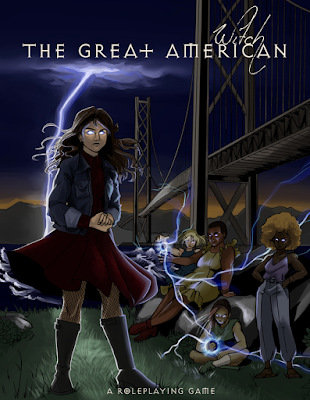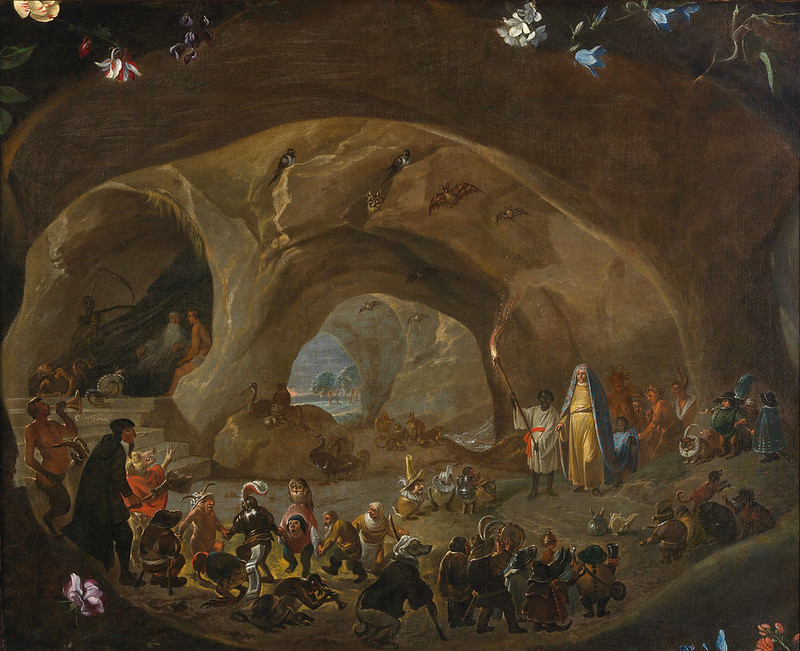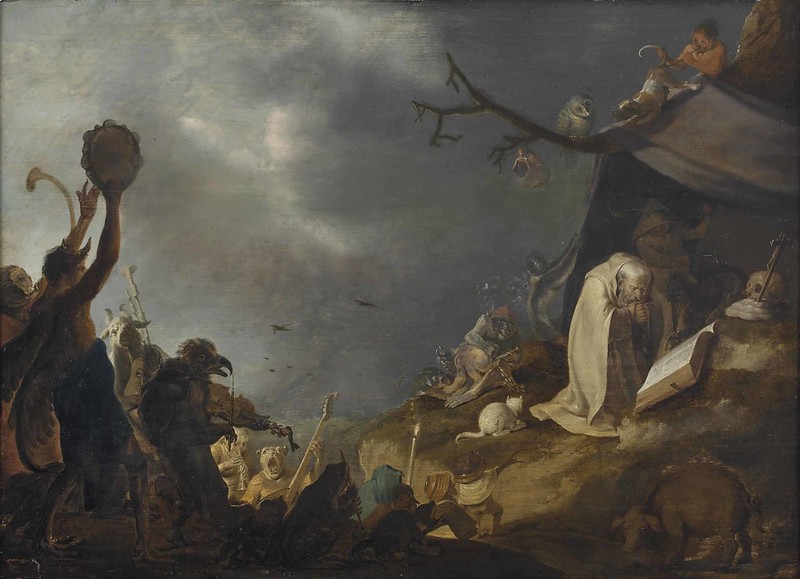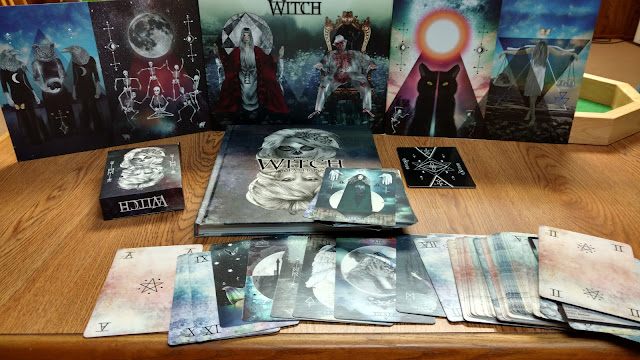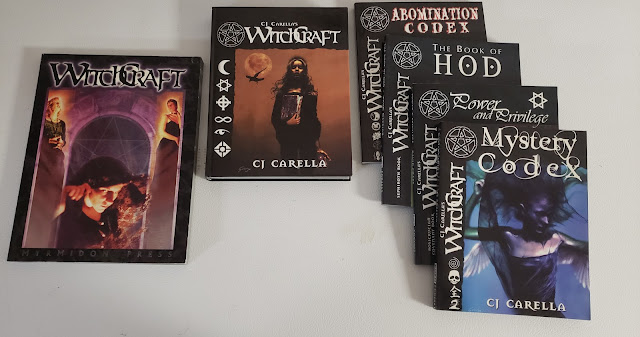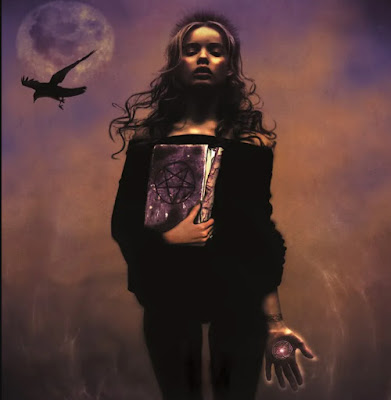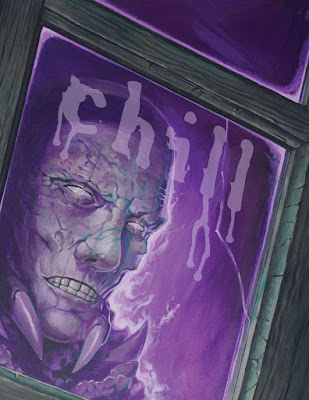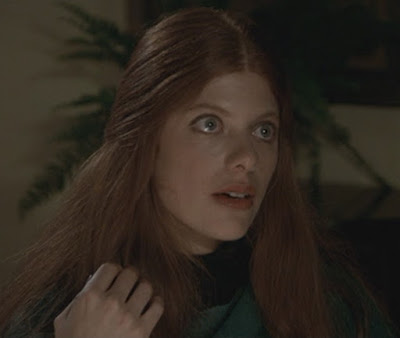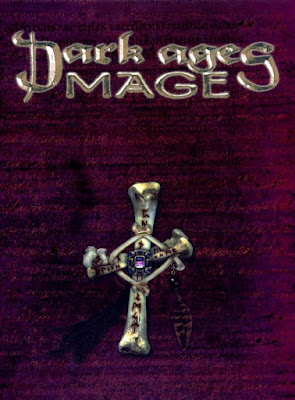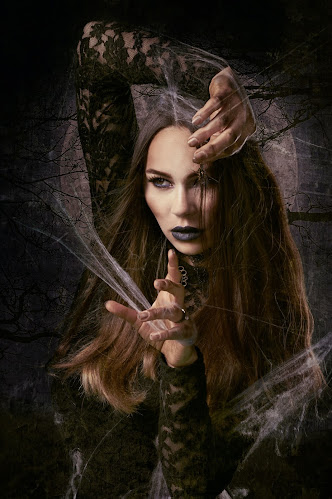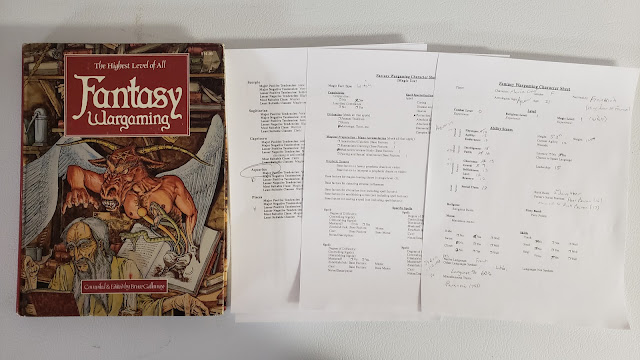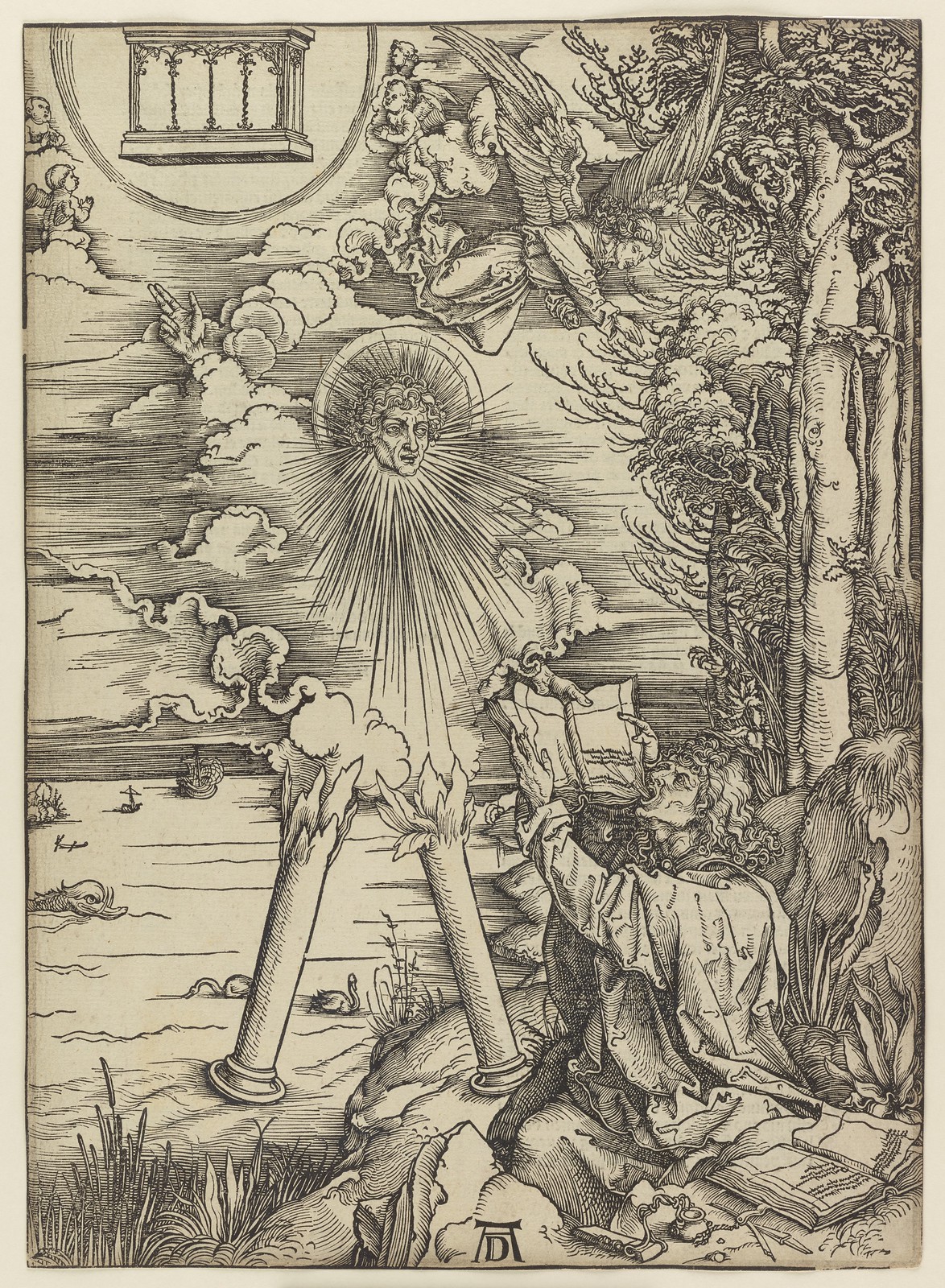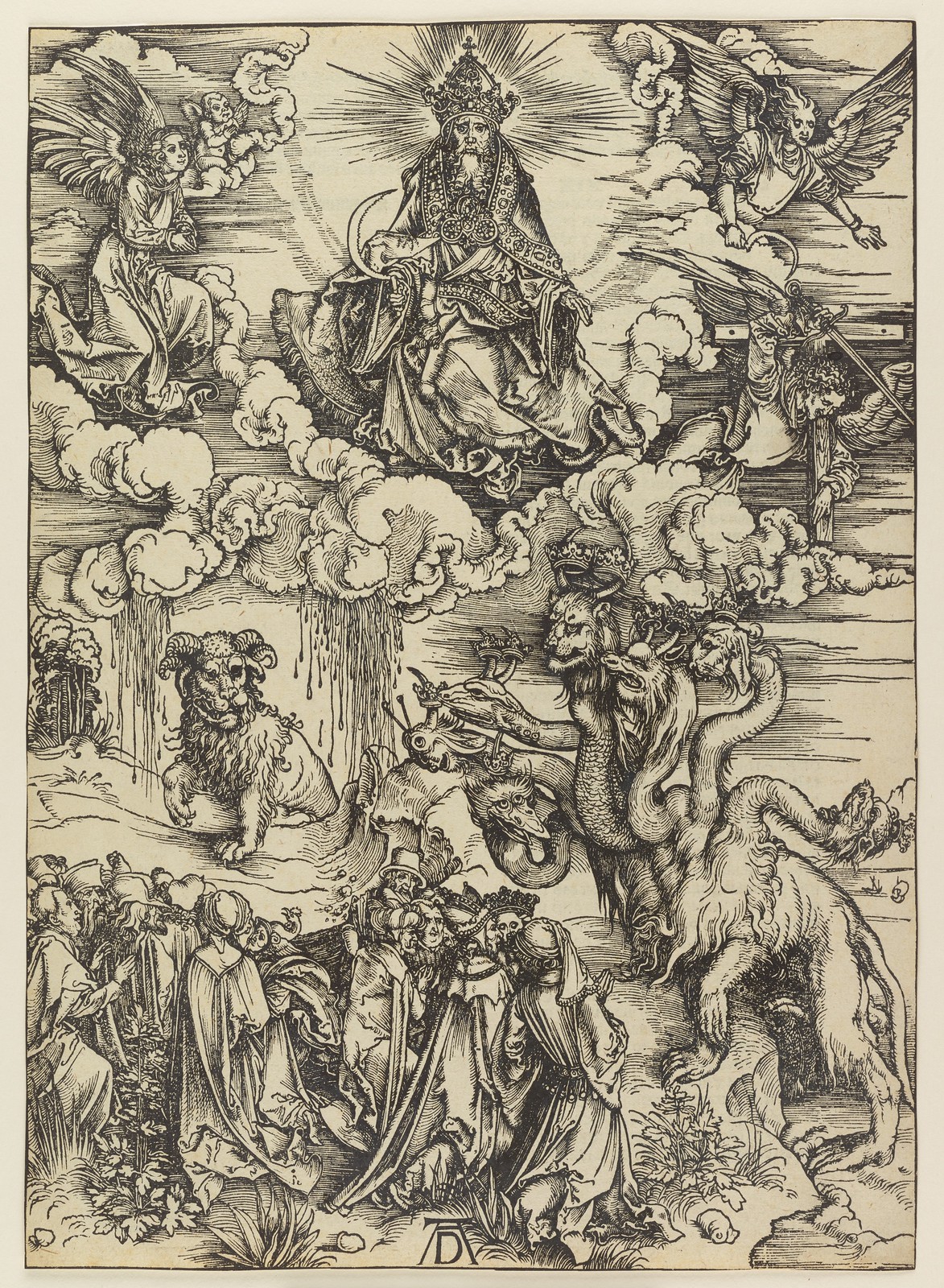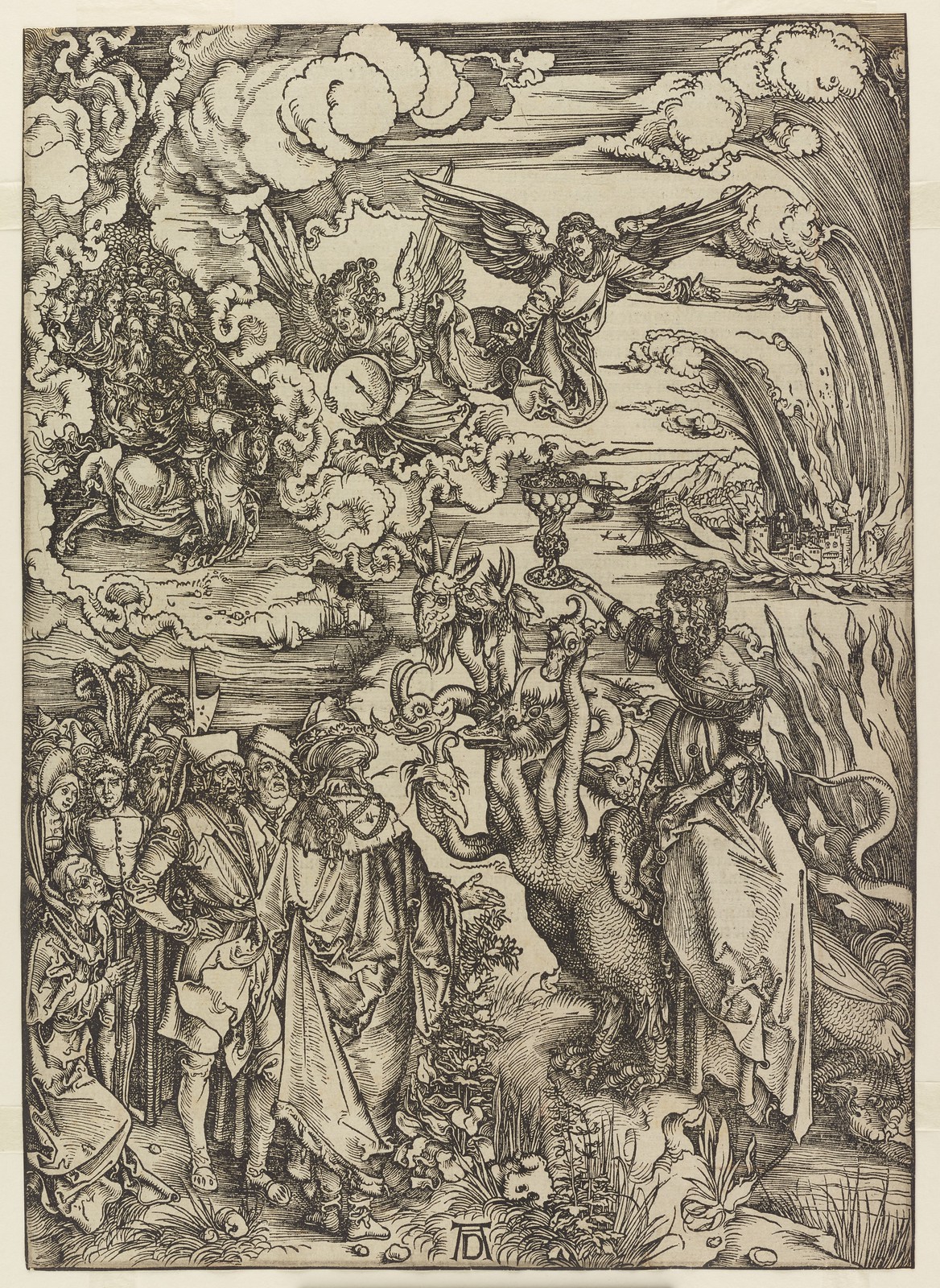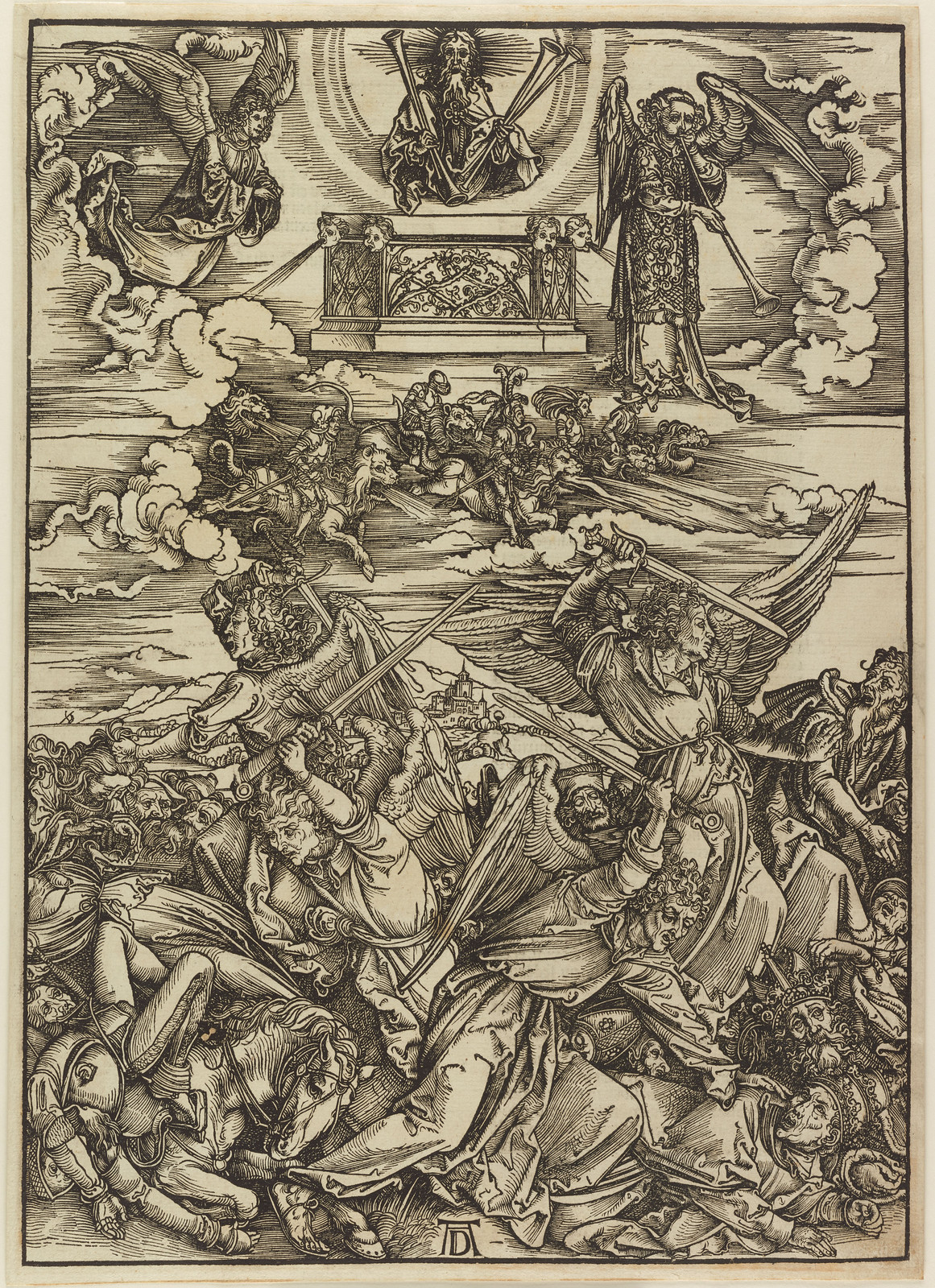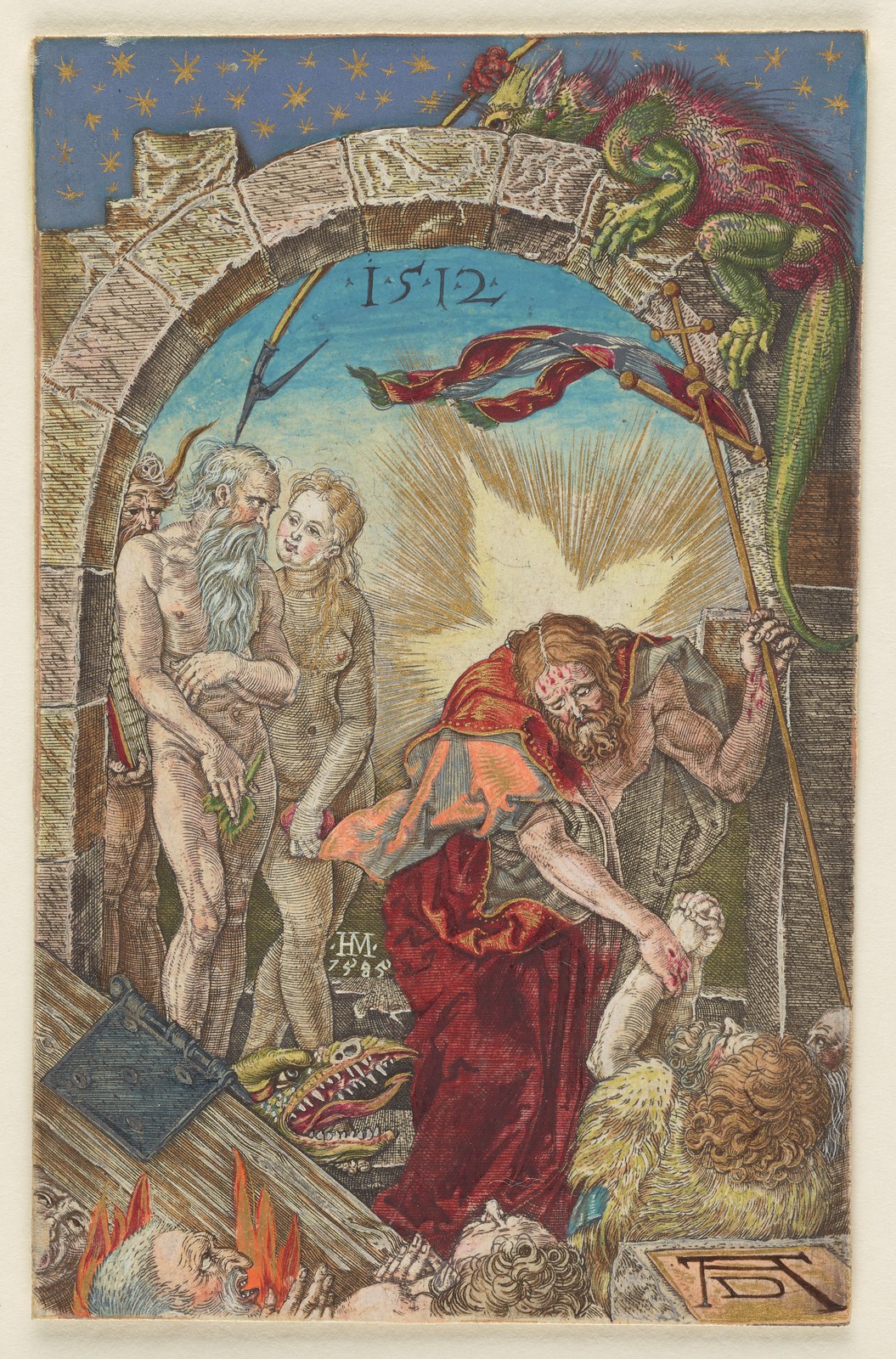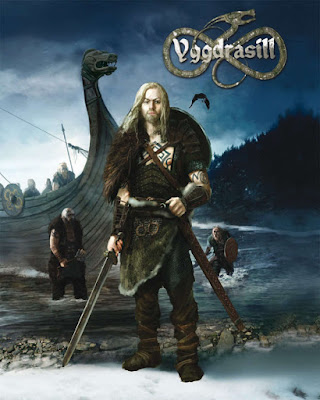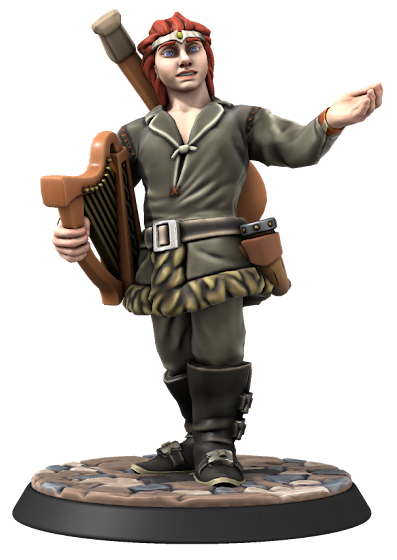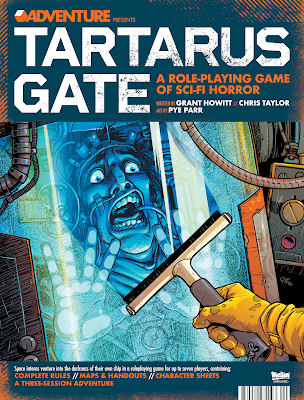Grapes of Wrath!
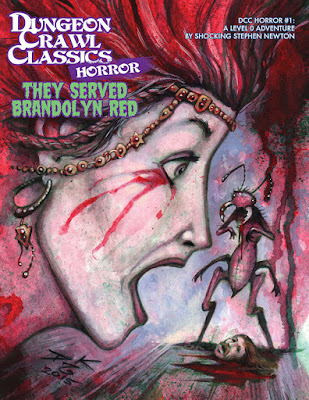 Dungeon Crawl Classics Horror #1: They Served Brandolyn Red is a scenario for Dungeon Crawl Classics Role Playing Game. However, as its title suggests it is not the typical fantasy scenario for the roleplaying game. Published by Goodman Games, it presents a combination of fantasy and horror, in particular gothic horror—and it does so in one of the signature features of both the Mutant Crawl Classics Roleplaying Game – Triumph & Technology Won by Mutants & Magic and the Dungeon Crawl Classics Role Playing Game, and that is, the ‘Character Funnel’. In this, a player is expected to roll up three or four Level Zero characters and have them play through a generally nasty, deadly adventure, which surviving will prove a challenge. Those that do survive receive enough Experience Points to advance to First Level and gain all of the advantages of their Class. However, in order to get the Player Characters to First Level, Dungeon Crawl Classics Horror #1: They Served Brandolyn Red, pours out a glass or two of extremely full-bodied, bloody, gothic encounters!
Dungeon Crawl Classics Horror #1: They Served Brandolyn Red is a scenario for Dungeon Crawl Classics Role Playing Game. However, as its title suggests it is not the typical fantasy scenario for the roleplaying game. Published by Goodman Games, it presents a combination of fantasy and horror, in particular gothic horror—and it does so in one of the signature features of both the Mutant Crawl Classics Roleplaying Game – Triumph & Technology Won by Mutants & Magic and the Dungeon Crawl Classics Role Playing Game, and that is, the ‘Character Funnel’. In this, a player is expected to roll up three or four Level Zero characters and have them play through a generally nasty, deadly adventure, which surviving will prove a challenge. Those that do survive receive enough Experience Points to advance to First Level and gain all of the advantages of their Class. However, in order to get the Player Characters to First Level, Dungeon Crawl Classics Horror #1: They Served Brandolyn Red, pours out a glass or two of extremely full-bodied, bloody, gothic encounters!Dungeon Crawl Classics Horror #1: They Served Brandolyn Red is also different in that it has a story-based set-up rather than the Player Characters, despite being Zero Level, being nothing more than simple villagers. It is also different because it has handouts and for those Player Characters who survive the ordeal, it is different because there is a sequel! The set-up requires that two of the Player Characters be Elves, but all come from the same village, from one of four families—the Dragontear, Leddy, Vintner, and Whitegrass families, and the handouts include family rumours and legends, complete with family crests, a family tree, and an illustration to show the players at the appropriate time. The sequel is Dungeon Crawl Classics Horror: The Corpse That Love Built.
The setting for Dungeon Crawl Classics Horror #1: They Served Brandolyn Red is the village of Portnelle. As the scenario opens, everything is bright and festive, and almost everyone is happy. Today there is going to be a wedding. After years of feuding, the town’s most prominent and influential families, the human Leddy family and the elven Whitegrass family, will come together and end the acrimony between them when the Elven maid, Nala Whitegrass, marries her husband to be, the Human, Hort Leddy. Unfortunately, the wedding turns rancorous when ant-men burrow up from beneath the church and begin taking the heads of the guests, and the old inter-family feud resurfaces all too quickly! After an ant-men-wedding guest brawl, it will be up to the Player Characters, some of them related to the bride or groom, others not, to race off after the ant-men, if not to rescue those already grabbed, then at least to put a stop to it happening again and bringing back the body parts for proper burial.
Dungeon Crawl Classics Horror #1: They Served Brandolyn Red consists of two mini-sandboxes. The first will see the Player Characters chase the ant-men onto the Longbow Vineyard, once the property of the Vintner family—of which some of the Player Characters are members, but which long since been abandoned. The second leads through some tunnels under the vineyard to the final denouement with the semi-sentient subterranean parasite who serves as the scenario’s primary antagonist. After the somewhat absurdist nature of the wedding, the scenario gets into its full gothic swing with encounters in the abandoned vineyard, including the former home of the Vintner family, the winery, and the family mausoleum. These are quite creepy encounters, each hinting at the secret that befell the Vintner family and ultimately led to the abandonment of the vineyard. This comes to a head in the winery with an absolutely fantastic staged encounter escalates from a haunting into something worthy of a Hammer Horror film. Of course, this being an adventure for Dungeon Crawl Classics and the Player Characters all being Zero Level, this is a thoroughly nasty encounter, but it is huge fun and the Judge should ham it up for she is worth.
By comparison, the delve into the tunnels below the vineyard are not as interesting as the encounters above ground in the vineyard. Taking place in the ant-men nest, they are in turns creepy and gooey and smelly, and they do resolve the scenario in terms of what it is going on in the present, whereas the exploration of the vineyard will reveal hidden family secrets and what happened in the past. Yet, they are not as much fun as the encounters above ground.
Physically, Dungeon Crawl Classics Horror #1: They Served Brandolyn Red is nicely presented. It is well written, the map is good, and the illustrations are all excellent. The handouts are also good. The scenario should take a session or two to complete, but no more. The length of the scenario also means that it is easy to prepare.
There are plenty of Character Funnel scenarios for Dungeon Crawl Classics Role Playing Game, after all, they are a signature feature of the roleplaying game. Yet, Dungeon Crawl Classics Horror #1: They Served Brandolyn Red is no mere fantasy set-up and adventure. It is a tough adventure, with some nasty encounters, but from the start it involves story and it involves the Player Characters in that story, and it presents not one, but two mysteries. The first, taking place above ground in the vineyard, involves the four families and all but forgotten secrets of the past between them, the second below ground concerns the present and why the wedding was attacked, and has more of the feel of a fantasy story. The story is suitably gothic and is carried through into the vineyard’s best wine, Brandolyn Red, which will have a suitably gothic effect upon anyone who drinks it and also forms the adventure’s most notable treasure! Overall, Dungeon Crawl Classics Horror #1: They Served Brandolyn Red is an enjoyably entertaining scenario, one which the Judge will have as much fun running as her players do roleplaying.
